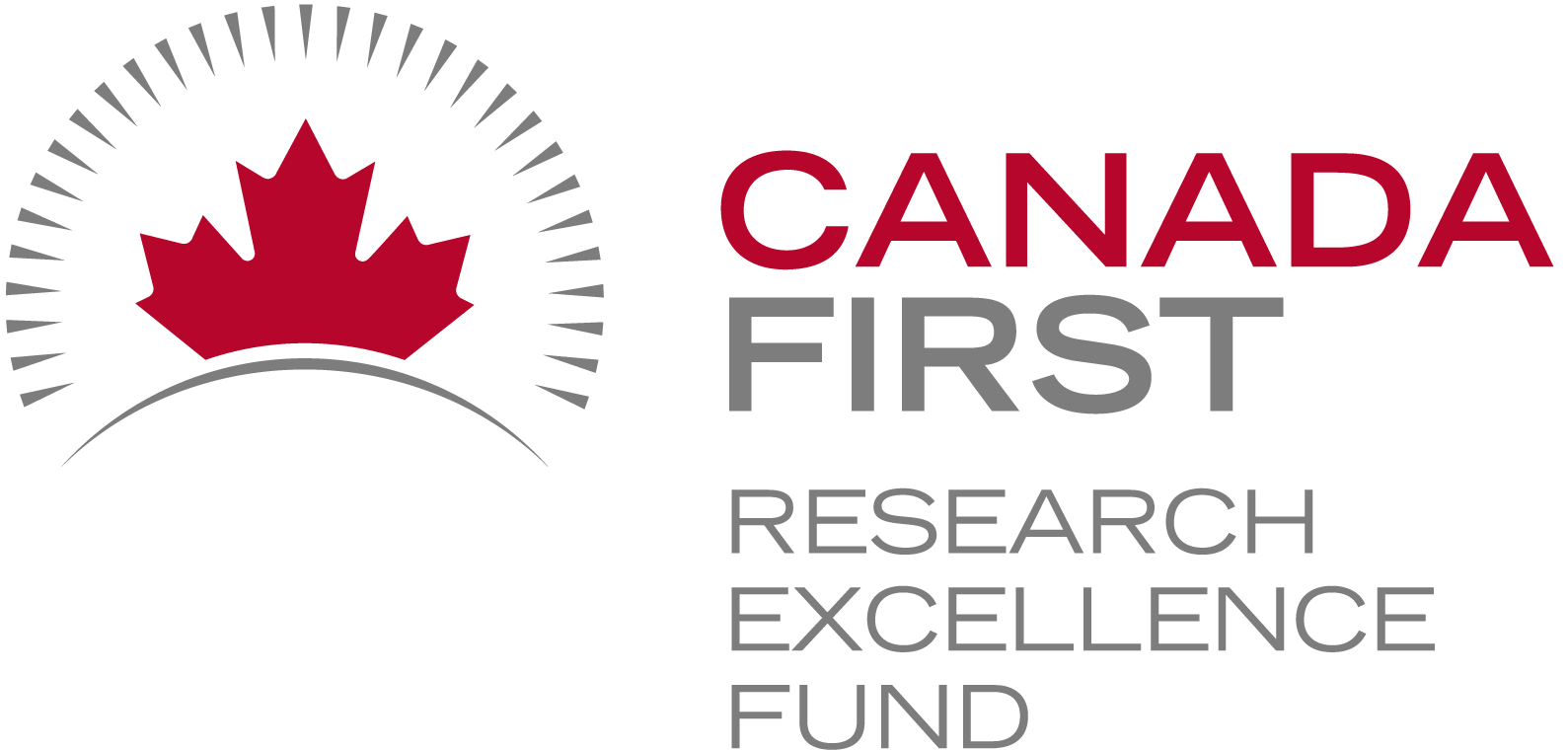A Peek Inside the Ontario Dairy Research Centre – Part 1
The Ontario Dairy Research Centre (ODRC) stands as an example to the importance of data-driven research in the dairy industry. With a dedicated commitment to several areas of dairy research, this research centre has been collecting and storing an extensive array of data through regular operations and exciting research projects. Today, we’re peeking into three types of data collected at ODRC.
Basic Information
Understanding the daily life of dairy cattle is essential for their well-being and optimal productivity. A wealth of information is collected at this research centre, and it all starts with some basic data entered on its herd management software. This includes details about each cow’s unique registration number, birth date, pedigree, and whether they are still part of the herd. Researchers can use this data to track the lifecycle of individual cows and monitor the longevity of their presence within the herd, as well as use their pedigree for genetic analysis.
Daily positions within the barn are also recorded. This data helps researchers track where calves, heifers, or cows were throughout their trials. For example, they can see when a cow was moved to a different pen, which can be indicative of health issues or reproductive activity. With data stretching back to when the current centre was opened in 2015, and continuing to the present day, this comprehensive dataset of over 1M records spans nearly eight years, from over 2,000 calves, heifers, and cows.
Body Condition and Weight
Maintaining the health and body condition of dairy cattle is vital for milk production and overall well-being. The Body Condition Score (BCS) data collected from BCS cameras placed at the exit of the milking parlour is a key source of information. This data helps assess the body condition of cows, which is critical for their reproductive success and overall health. Body weight data is another essential component. Collected from walk-over scales, this data offers insights into the weight fluctuations of cows over time. Since 2017, automated daily recording of BCS and body weight has produced almost 1M records.
Environment
Ensuring the comfort of dairy cattle is paramount, and environmental factors play a significant role. Ventilation data is recorded every 15 minutes in key areas, including Lactating Housing, Milk Harvest (Rotary Parlour), Nursery Pens, Replacement Housing, Special Needs Housing (Maternity and Dry Pens), and Tie Stall Housing. This meticulous monitoring ensures that cows and heifers are housed in environments that prioritize their comfort, well-being, and overall productivity. Over the past 6 years, a total of over 1,2M records has been collected, including temperature, relative humidity, wind speed, and carbon dioxide.
Stay tuned, as on our next post we will talk about feeding and events data collected at ODRC, such as automated feeding systems, precision feeding, and reproductive, health, and preventive events.
Lucas Alcantara
The Ontario Dairy Research Centre is owned by the Agricultural Research Institute of Ontario and managed by the University of Guelph through the Ontario Agri-Food Innovation Alliance.



